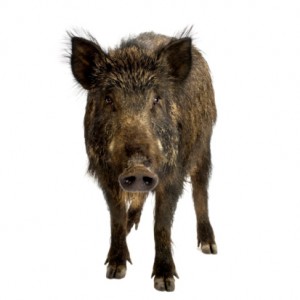 Some archaeological evidence suggests chew sticks, twigs, bird feathers, porcupine quills, and animal bones were all used as toothbrushes in some capacity all over the world.
Some archaeological evidence suggests chew sticks, twigs, bird feathers, porcupine quills, and animal bones were all used as toothbrushes in some capacity all over the world.- In India, many people used twigs from a neem tree to clean their teeth. The twig would be chewed until it was soft and frayed and then used to clean between teeth. The neem tree also had many other uses in India. Also called the “sacred tree”, “heal all”, “nature’s drugstore”, and “village pharmacy”, the neem tree has been used for antibacterial, antifungal, contraceptive, sedative, and pest control purposes.
- Islamic cultures know the miswak as a common teeth cleaning tool for early Muslims. Made from a twig from a Salvadora persica tree, this toothbrush is supposedly recommended by Muhammad, where he is quoted in various Hadith. Some situations where the miswak is advocated include before religious ceremonies, before going into someone’s house, Fridays, and before going on a journey. In 1986, use of the miswak was recommended by the World Health Organization for its positive effects on oral health.
- Bristled brushes made their first appearances in the Tang Dynasty between 619 and 907 BC.
- The earliest bristled brushes were made from boar bristles. Some toothbrushes began using horse’s hair, like the ones used by 13th century Chinese monks on ox bone handles. In England, a pig bristled brush was a cheaper version of a badger hair bristled brush.
- Animal hair brushes were not ideal for oral hygiene, considering the hair retained bacteria. Additionally, the bristles often fell out easily and did not dry well.
- In 1938, nylon bristles developed by DuPont began replacing animal hair toothbrushes.
- By 2003, the toothbrush was touted by Lemelson MIT Inventoin index as the number one invention Americans cannot live without.
An Invitation for Your Family
Dr. Jeffrey Allen provides comfortable dental care to patients of all ages. Call (641) 628-1121 today to schedule a checkup and cleaning, cosmetic consultation, or second-opinion visit. We are located on the west side of the historic town square in Pella. IA. Please see the map for directions.



